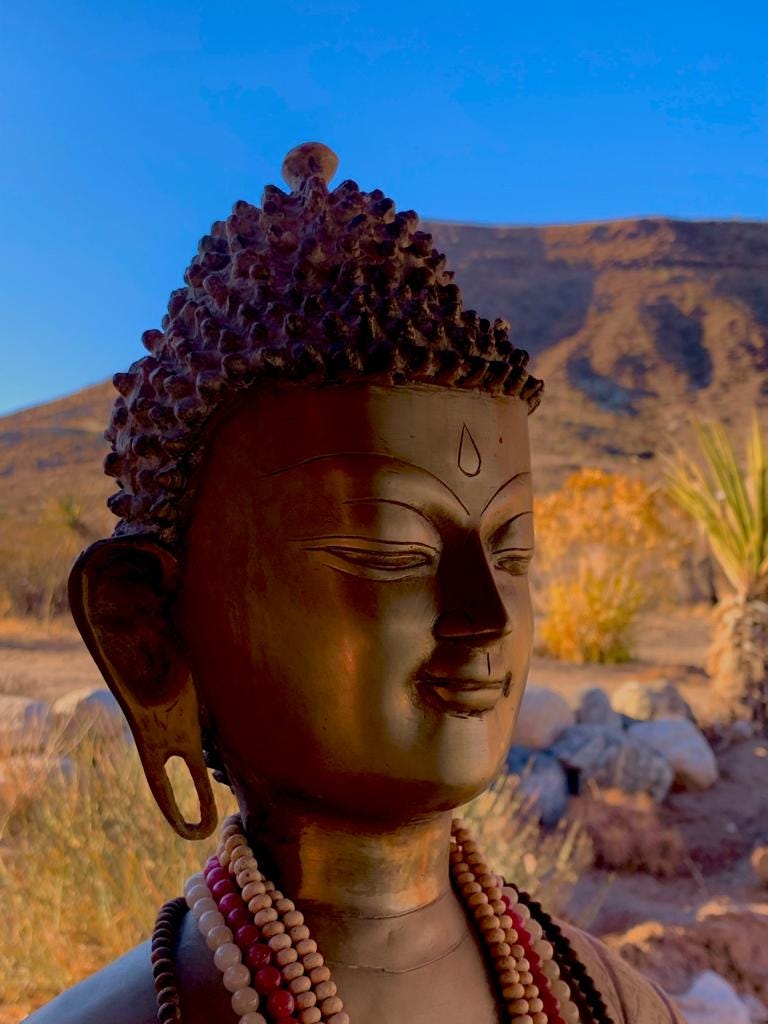DN22:
while a bhikkhu goes forward or returns, he constantly notices and understands impermanence.
Whether looking forward or looking sideways, he constantly notices and understands impermanence. Even while bending or stretching (body or limb), he constantly notices and understands impermanence. Even while wearing a robe or carrying an alms-bowl, he constantly notices and understands impermanence. Even while eating, drinking, chewing or swallowing (food), he constantly notices and understands impermanence. Even when he urinates or defecates, he constantly notices and understands impermanence. Whether walking, standing, sitting, sleeping or waking up, while speaking or silent, he constantly notices and understands impermanence.
In this way, he dwells contemplating the body from the inside, observing the body from the outside, and observing the body from the inside out.
He spends his time observing phenomena occurring in the body, observing phenomena that disappear from the body, and also observing phenomena that arise and disappear simultaneously in the body.
The awareness that “this is the body” is established in him.
Thus he develops his awareness to a level where there is only wisdom and right awareness. In this way, he lives detachedly without attachment to anything in the world of mind and matter.
This, bhikkhus, is the way a bhikkhu lives by observing the body from body to body.
The purpose of our mindfulness meditation or Sati meditation is to develop wisdom in human life, to end all suffering (Dukha: dissatisfaction) and to reach nirvana (Dhamma Letter no. 23, no. 24, no. 56) of ultimate happiness. Therefore, it is difficult to achieve such a result by simply noticing during the previously discussed sitting meditation, walking meditation, and meditation in everyday life. It must be accompanied by clear awareness, and in every action done with the body, mouth and mind, continuous awareness of impermanence (Anicca) arises.
You have to have a soft, relaxed mind that doesn't cling to what you like, and doesn't push or defend against what you don't like. This is because only by reducing such three poisons can you see the object as it is in a pure state of mind. You can see things in a wide and transparent state without being trapped in your ego. The fact that continuous knowledge of impermanence arises is based on the right view, so that you can have right thoughts and lead a right life. (Dhamma Letter no. 60, no. 61, no. 62)
To be continued...
May you cultivate your Sati continuously (Samma-Viriya)!
May you achieve the Samma-Sati through Satipatthāna (vipassana meditation)!
May all practice well and reach to Magga (道, the path of enlightenment) and Phala(果, the fruit of enlightenment)!
With Metta,
Ayyā Kosallā
Edited by Euna Bonovich
If you have any questions related to dhamma & meditation, please feel free to ask. You can reach Ayya Kosalla directly at Bhikkhuni.Kosalla@gmail.com .
법에 대한 질문이 있으신 분은 위의 이메일 주소로 질문을 남겨주세요.
위빠사나명상의 마음관찰에 대한 논문을 한글 원본으로 읽고 싶으신 분은 클릭해서 다운로드 받을 수 있습니다. (네이버에 PDF 첨부)
The Korean Dhamma Letter is here 담마레터.
Buddha Sāsanaṁ Ciraṁ Tiṭṭhatu!
May the Buddha’s teachings last a long time!
Bhavatu Sabba Sotiṁ ca Maṅgalaṁ ca!!
May everyone be led on the path of peace and blessing!!
Sādhu Sādhu Sādhu !



